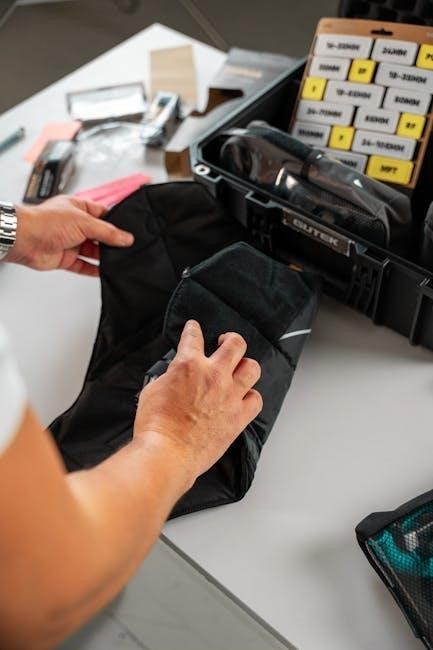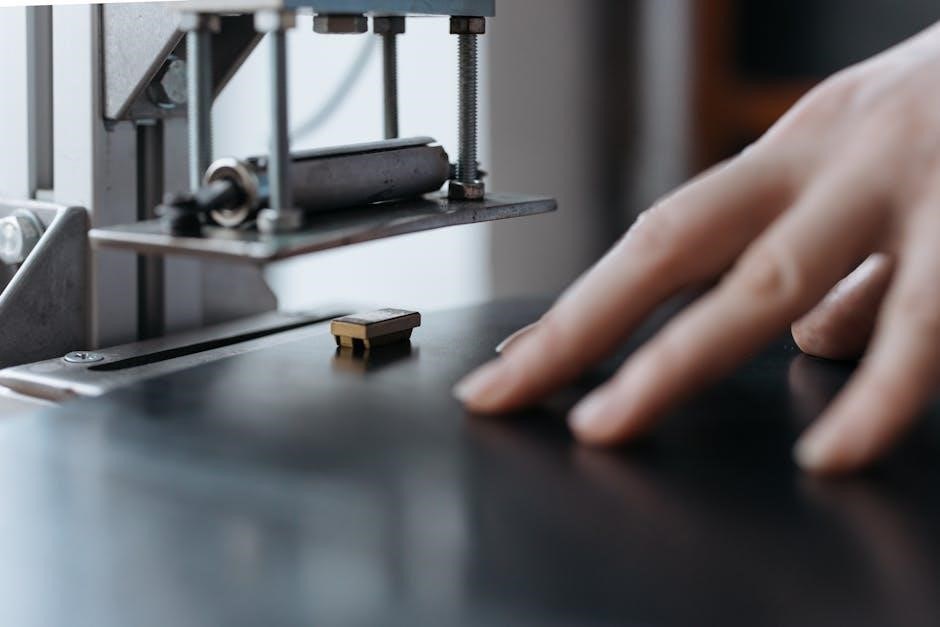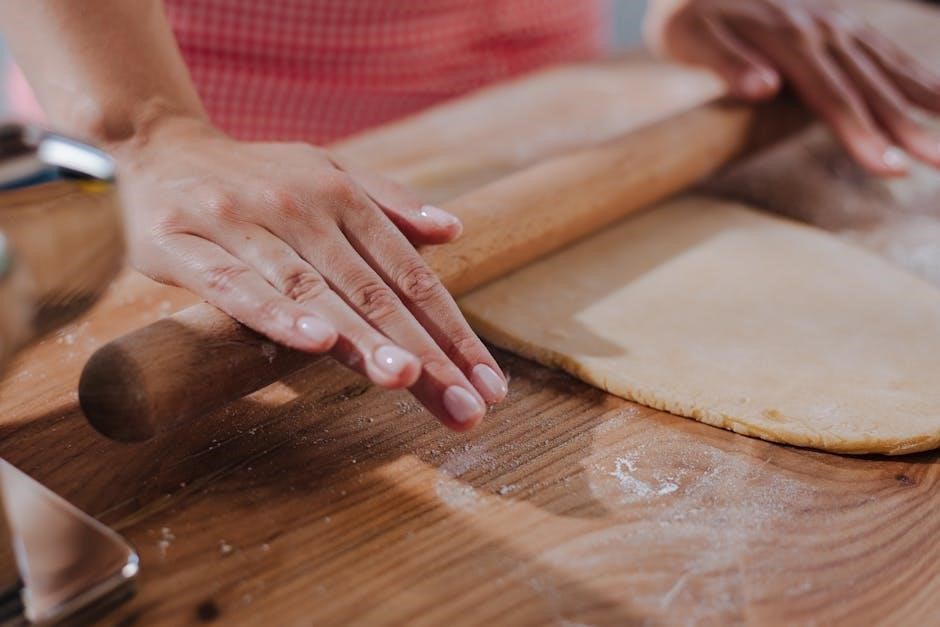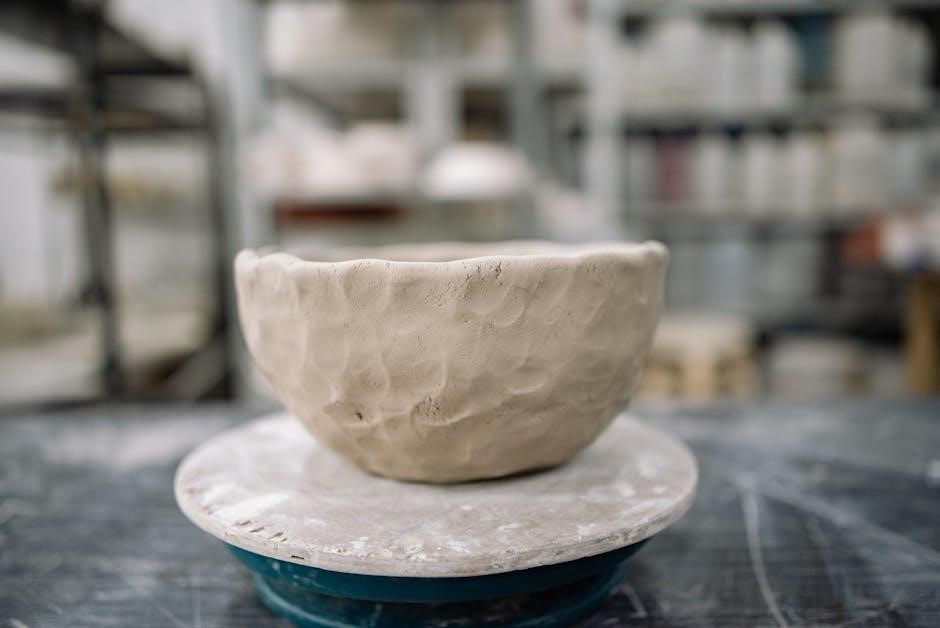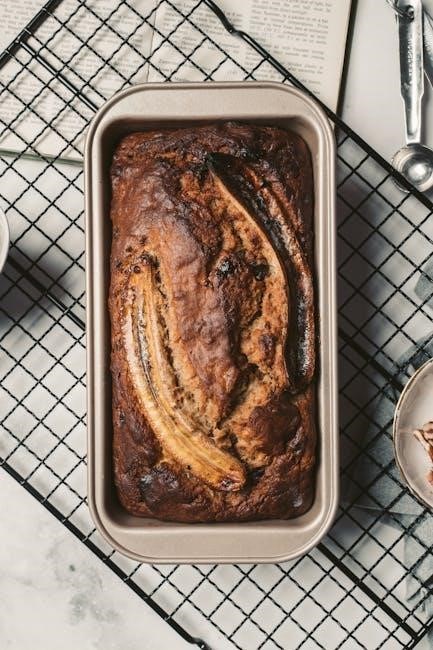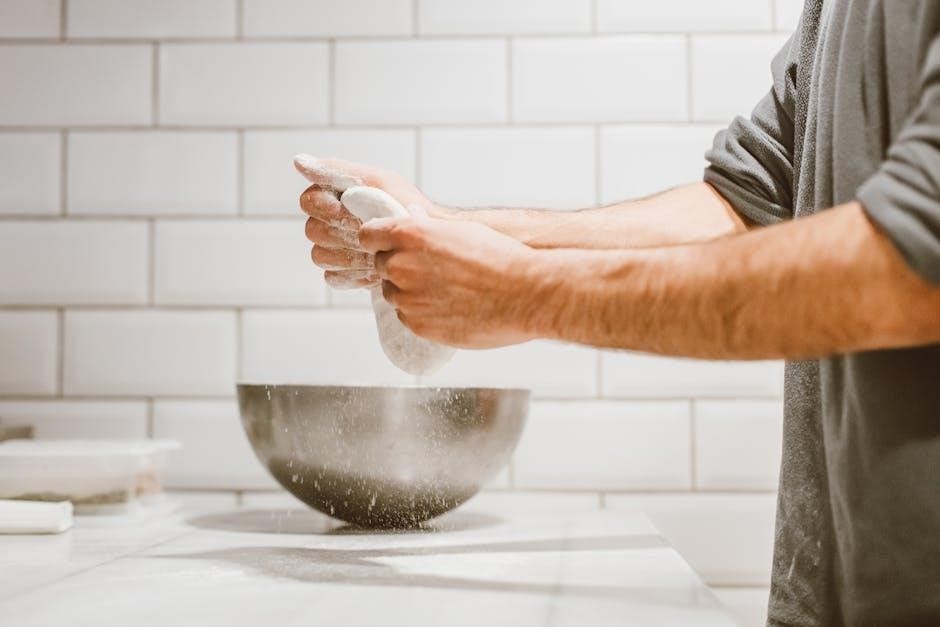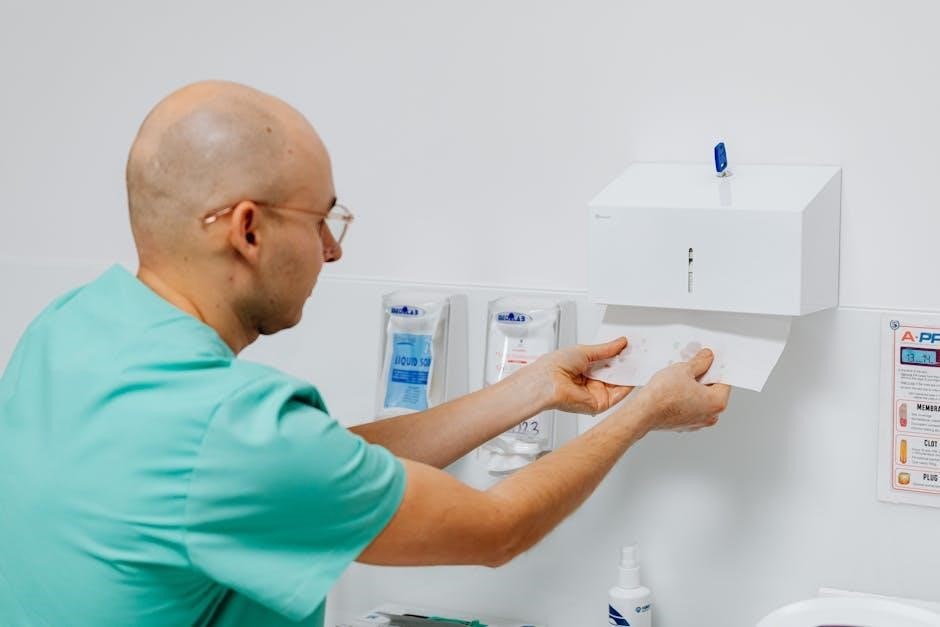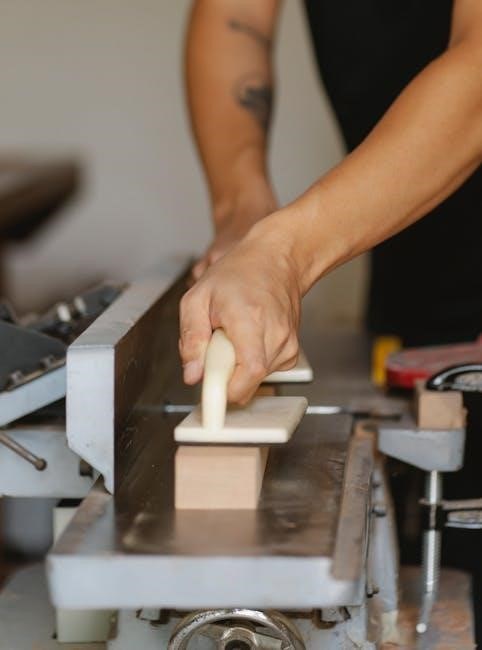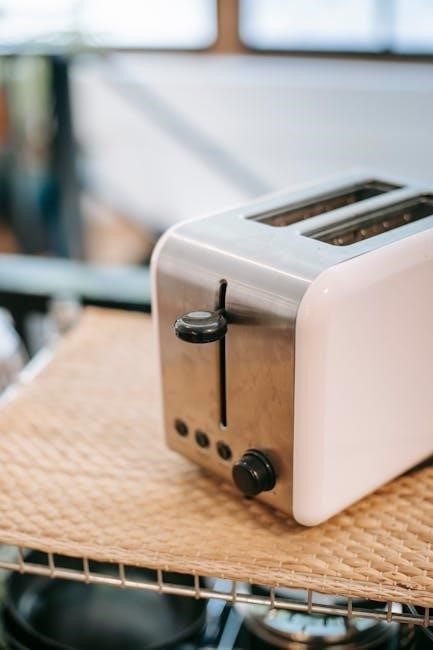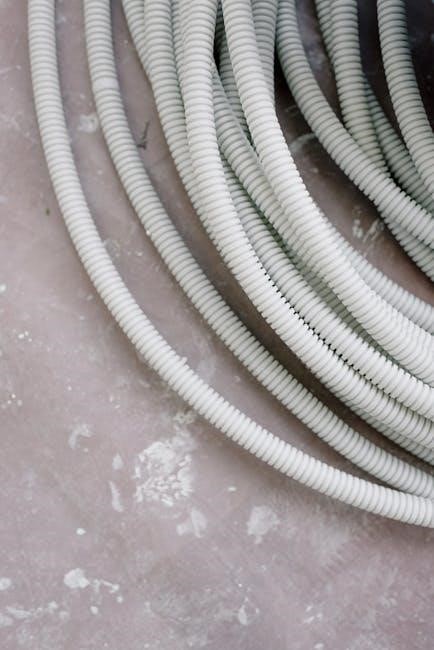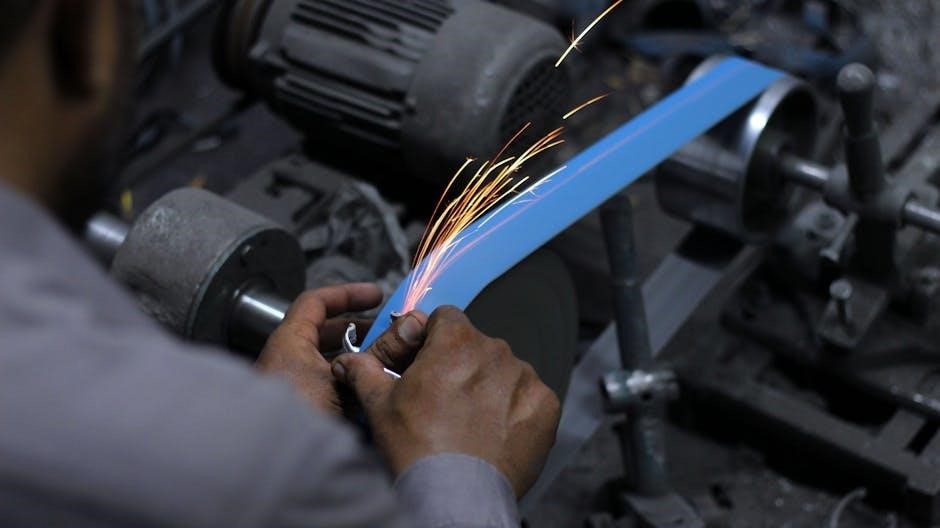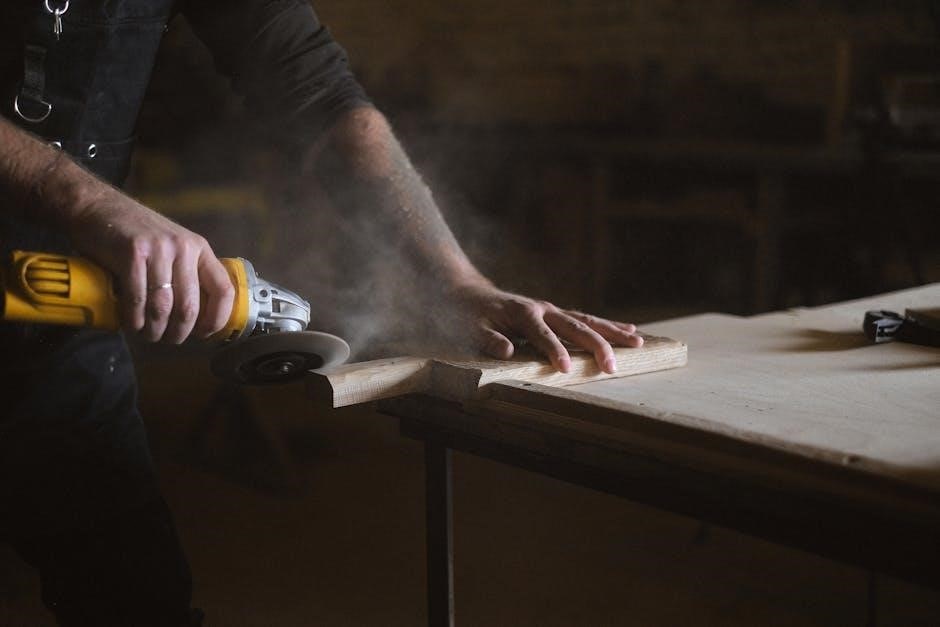Chrysler Pacifica 2017 Manual: A Comprehensive Guide
Navigating ownership requires readily available resources; this guide details accessing the 2017 Pacifica’s manuals, offering both digital downloads and direct contact options for assistance.
Official manuals are accessible via PDF, with links provided for the repair and owner’s versions, ensuring comprehensive support for vehicle operation and maintenance procedures.
For physical copies or further support, contacting Chrysler directly at 1-800-247-9753 (US) or 1-800-387-1143 (Canada) is recommended, alongside exploring Mopar’s online publications.
The 2017 Chrysler Pacifica marked a significant evolution for the minivan segment, introducing a blend of innovative features, spacious design, and enhanced functionality. Understanding your vehicle is paramount, and this begins with familiarizing yourself with the available resources. This introduction serves as a starting point for navigating the comprehensive documentation designed to support your ownership experience.
Whether you’re a first-time Pacifica owner or a seasoned driver, accessing the correct manuals is crucial for safe and efficient operation. The 2017 model boasts a sophisticated Uconnect system, advanced safety features, and a powerful engine – all detailed within the official literature. This guide will direct you to both digital and physical resources, ensuring you have the information needed at your fingertips.
From routine maintenance schedules to troubleshooting common issues, the Chrysler Pacifica’s manuals provide invaluable insights. Locating the owner’s manual, repair manual, and supplemental guides empowers you to maximize your vehicle’s potential and address any concerns that may arise during your ownership journey. Remember, proactive knowledge is key to a satisfying driving experience.
Understanding the Available Manuals
Several manual types accompany the 2017 Chrysler Pacifica, each serving a distinct purpose. The Owner’s Manual provides a general overview of the vehicle’s operation, features, and basic maintenance procedures – a crucial starting point for all drivers. Complementing this is the more detailed Repair Manual, geared towards technicians and those comfortable with in-depth automotive work, offering diagnostic and repair instructions.
Additionally, supplemental manuals cover specific systems like the Uconnect infotainment system and navigation features. These are often available as separate PDF downloads. Accessing these resources is straightforward; digital copies can be found online via links provided by Chrysler and automotive information databases.
Remember, the official owner’s manual is a substantial document (828 pages, approximately 7.58 MB in PDF format) offering comprehensive guidance. If digital access isn’t preferred, contacting Chrysler directly at 1-800-247-9753 (US) or 1-800-387-1143 (Canada) allows for ordering physical copies.
Accessing the Official Owner’s Manual (PDF)
Obtaining the 2017 Chrysler Pacifica’s official Owner’s Manual in PDF format is remarkably simple. A primary source is the CarManualsOnline.info database, offering free viewing, printing, and downloading of the 828-page document, sized at approximately 7.58 MB. Alternatively, a direct link to Mopar’s online publications (https://www.mopar.com/moparsvc/tweddle/publications?id1932) provides access through Chrysler’s official channels.

These digital versions allow for convenient access on various devices – computers, tablets, and smartphones – eliminating the need to carry a physical copy. Ensure a stable internet connection for efficient downloading.
Should you encounter difficulties, or prefer a physical manual, remember Chrysler’s customer support lines: 1-800-247-9753 (U.S.) and 1-800-387-1143 (Canada). These resources guarantee you have the information needed for optimal vehicle ownership.

Key Features & Operation
Understanding the Pacifica’s core functionalities involves mastering the Uconnect system, navigation, and audio controls, all detailed within the comprehensive 2017 owner’s manual.

Vehicle Overview and Specifications
The 2017 Chrysler Pacifica represents a significant leap in minivan design, offering a blend of practicality, technology, and comfort. This vehicle is available in various trims, each with distinct features and specifications. The owner’s manual provides a detailed breakdown of these variations, covering engine options – typically a 3.6L Pentastar V6 – and transmission details, usually a nine-speed automatic.
Key specifications include dimensions, weight, and fuel efficiency, all crucial for understanding the vehicle’s performance characteristics. The manual outlines the Pacifica’s seating capacity, ranging from seven to eight passengers depending on the configuration. It also details cargo space with seats up and folded down, highlighting the minivan’s versatility. Furthermore, the manual specifies tire sizes, recommended fluid capacities, and other essential technical data.
Understanding these specifications is vital for proper maintenance and operation, ensuring optimal performance and longevity of your 2017 Pacifica. Referencing the manual’s detailed charts and diagrams will provide a comprehensive understanding of your vehicle’s capabilities.
Understanding the Uconnect System
The 2017 Chrysler Pacifica’s Uconnect system is a central hub for infotainment, connectivity, and vehicle settings. The owner’s manual dedicates significant coverage to navigating this system, detailing its touchscreen interface and various functions. Uconnect allows control over audio, climate, and navigation, streamlining the driving experience.
The manual explains how to pair smartphones via Bluetooth, enabling hands-free calling and audio streaming. It also details the use of voice commands for controlling various features without taking your hands off the wheel. Understanding Uconnect’s menu structure is key to accessing its full potential, including customization options and app integration.
The manual provides troubleshooting tips for common Uconnect issues, such as connectivity problems or system freezes. It also explains how to update the system’s software to ensure optimal performance and access to the latest features. Mastering Uconnect enhances both convenience and safety while driving your 2017 Pacifica.
Navigation System Operation
The 2017 Chrysler Pacifica’s navigation system, integrated within Uconnect, offers turn-by-turn directions and real-time traffic updates. The owner’s manual provides detailed instructions on inputting destinations, utilizing the map view, and customizing navigation settings. Users can search for addresses, points of interest, or saved locations with ease.
The manual explains how to utilize the system’s route planning features, including options for avoiding tolls or highways. It also details how to interpret the visual and voice guidance provided during navigation. Understanding the map display options – such as 2D and 3D views – enhances the user experience.
Troubleshooting sections address common issues like GPS signal loss or inaccurate routing. The manual also covers map updates, ensuring the system has the latest road information. Effectively utilizing the navigation system maximizes convenience and minimizes travel time in your 2017 Pacifica.
Audio System Controls and Features
The 2017 Chrysler Pacifica’s Uconnect system integrates a robust audio experience, controllable through both touchscreen and physical buttons. The owner’s manual details operation of the radio, CD player (if equipped), and auxiliary/USB inputs. Users can easily tune into AM/FM stations, browse through pre-set channels, and manage audio sources.
The manual explains how to adjust volume, balance, and fader settings for optimal sound quality. It also covers features like SiriusXM radio (subscription required) and Bluetooth audio streaming. Understanding the voice command functionality allows for hands-free control of audio playback.
Troubleshooting sections address common issues such as Bluetooth pairing problems or distorted sound. The manual also details customization options, allowing users to personalize their audio preferences. Mastering the audio system’s controls enhances the driving experience in your 2017 Pacifica.

Maintenance & Service
Regular upkeep ensures longevity; the 2017 Pacifica manual outlines a recommended schedule for fluid checks, tire pressure monitoring, and battery maintenance for optimal performance.
Recommended Maintenance Schedule
Maintaining your 2017 Chrysler Pacifica’s performance and reliability hinges on adhering to a consistent maintenance schedule, as detailed within the official owner’s manual. This schedule is designed to proactively address potential issues and prevent costly repairs down the line.
Key intervals include regular oil and filter changes, crucial for engine health, alongside inspections of vital components like brakes, tires, and fluids. The manual specifies mileage or time-based recommendations – whichever comes first – for services such as coolant flushes, transmission fluid changes, and spark plug replacements.
Don’t overlook routine checks of the tire pressure monitoring system (TPMS), ensuring accurate readings and safe driving conditions. Furthermore, the manual provides guidance on seasonal maintenance, like preparing for winter conditions or addressing summer driving demands. Following this schedule, found within the comprehensive 828-page PDF manual, will contribute significantly to your Pacifica’s longevity and overall driving experience.
Fluid Checks and Replacements
Maintaining optimal fluid levels is paramount for the 2017 Chrysler Pacifica’s smooth operation and longevity. The owner’s manual details the proper procedures for checking and replenishing essential fluids, including engine oil, coolant, brake fluid, power steering fluid, and transmission fluid.
Regularly inspecting these fluids helps identify potential leaks or contamination, preventing more significant damage. The manual specifies the correct fluid types for your Pacifica, ensuring compatibility and optimal performance. Pay close attention to the recommended replacement intervals for each fluid, as outlined in the comprehensive 828-page PDF manual.
Proper fluid maintenance extends component life and enhances overall vehicle reliability. Ignoring these checks can lead to overheating, reduced braking efficiency, or transmission issues. Consult the manual for detailed instructions on locating fluid reservoirs, checking levels, and safely adding or replacing fluids, ensuring your Pacifica remains in peak condition.
Tire Pressure Monitoring System (TPMS)
The 2017 Chrysler Pacifica is equipped with a Tire Pressure Monitoring System (TPMS) designed to enhance safety and fuel efficiency. This system continuously monitors tire pressure and alerts the driver when pressure falls below recommended levels. The owner’s manual provides detailed information on understanding the TPMS indicator light and responding to alerts.
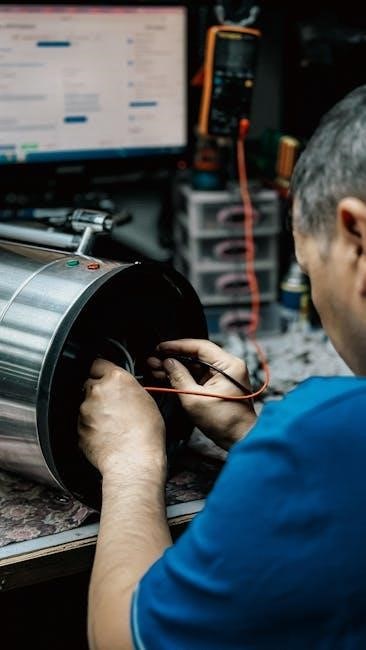
Proper tire inflation is crucial for optimal handling, braking, and tire lifespan. The manual specifies the recommended tire pressure for your Pacifica, typically found on a sticker located on the driver’s side doorjamb. Regularly checking tire pressure – even when the TPMS hasn’t alerted you – is highly recommended.
The system may require resetting after tire rotations or pressure adjustments. The comprehensive 828-page owner’s manual outlines the reset procedure. Ignoring TPMS warnings can lead to uneven tire wear, reduced fuel economy, and potentially dangerous driving conditions, so prioritize maintaining correct tire pressure.
Battery Maintenance and Jump Starting
Maintaining your 2017 Chrysler Pacifica’s battery is vital for reliable operation. The owner’s manual details best practices for battery care, including keeping terminals clean and free of corrosion. Regular inspection can prevent unexpected starting issues and extend battery life. The manual’s 828 pages offer comprehensive guidance.
In the event of a dead battery, the manual provides clear instructions for safe jump-starting procedures. It emphasizes the importance of using the correct polarity when connecting jumper cables to avoid damaging the vehicle’s electrical system. Incorrect jump-starting can be hazardous, so following the manual’s steps precisely is crucial.
The manual also advises on proper cable routing and disconnection sequences to ensure a safe and successful jump start. If jump-starting fails, or if you’re uncomfortable performing the procedure, contacting a qualified mechanic is recommended. Prioritize safety and consult the manual for detailed instructions.

Troubleshooting & Common Issues
Addressing potential problems is key; the 2017 Pacifica manual details solutions for starting issues, Uconnect malfunctions, electrical concerns, and transmission/neutral positioning.
Diagnostic guidance is provided for common malfunctions, helping owners resolve issues or determine when professional service is necessary for optimal vehicle performance.
Starting Problems and Solutions
Encountering starting difficulties with your 2017 Chrysler Pacifica can be frustrating, but the owner’s manual provides a systematic approach to diagnosis and resolution. Initial checks should focus on ensuring sufficient battery charge, as a weak battery is a frequent culprit. Verify the battery terminals are clean and securely connected, and consider a jump-start if necessary – the manual details proper jump-starting procedures to avoid damage.
If the battery isn’t the issue, investigate the starter motor itself. Listen for a clicking sound when attempting to start, which could indicate a faulty starter solenoid. The manual also addresses potential issues with the fuel system, such as a clogged fuel filter or a malfunctioning fuel pump. Furthermore, examine the ignition switch for proper operation.
For vehicles equipped with a push-button start, ensure the key fob has sufficient battery life and is within range. The manual outlines troubleshooting steps for key fob recognition problems. If problems persist, consulting a qualified mechanic is recommended for a thorough diagnosis and repair.

Uconnect System Troubleshooting
The Uconnect system in your 2017 Chrysler Pacifica offers a wealth of features, but occasional glitches can occur. If the system becomes unresponsive, a simple reset is often the first and most effective solution. This typically involves holding the power button for a specified duration, as detailed in the owner’s manual.
Navigation issues, such as inaccurate directions or map display problems, can often be resolved by ensuring the system has the latest map updates. The manual explains how to download and install these updates. For audio problems – no sound, distorted sound, or Bluetooth connectivity issues – check the volume levels, audio source selection, and Bluetooth pairing settings.
If problems persist, a system reset to factory settings might be necessary, but be aware this will erase personalized settings. The manual provides instructions for this process. For more complex issues, contacting Chrysler support or a qualified technician is advised.
Electrical System Issues
Addressing electrical concerns in your 2017 Chrysler Pacifica requires careful attention. Dim headlights or interior lights often indicate a weakening battery, necessitating a check of the battery’s charge and connections. A failing alternator can also cause similar symptoms, requiring professional diagnosis.
If you experience issues with power windows, locks, or the infotainment system, first check the corresponding fuses. The owner’s manual contains a detailed fuse box diagram, identifying the location and amperage of each fuse. Replacing a blown fuse is a straightforward fix, but repeated fuse failures suggest a more significant underlying problem.
For more complex electrical faults, such as warning lights illuminating or systems malfunctioning, it’s crucial to consult a qualified technician. Attempting repairs without proper knowledge can lead to further damage or safety hazards. Always refer to the manual for specific troubleshooting guidance.
Transmission Issues & Neutral Positioning
Understanding your 2017 Chrysler Pacifica’s transmission is vital for safe operation. Difficulty shifting gears, unusual noises, or slipping sensations warrant immediate attention from a qualified mechanic. Ignoring these signs can lead to costly repairs.
A common concern involves getting the vehicle into neutral, particularly during a breakdown. Videos demonstrate techniques for achieving this, often involving specific pedal and shifter manipulations. However, these should be used cautiously and only when safe to do so.
The owner’s manual details the proper procedure for shifting into neutral and engaging the parking brake. Regularly check transmission fluid levels, as low fluid can contribute to performance issues. Remember, attempting complex transmission repairs without professional expertise is strongly discouraged.

Safety & Security
Prioritizing occupant protection, the 2017 Pacifica features a robust Safety Restraint System (SRS) and a comprehensive security system, detailed within the owner’s manual.
Emergency assistance features are also outlined, providing crucial information for responding to unforeseen events and ensuring passenger well-being on every journey.
Safety Restraint System (SRS)
The 2017 Chrysler Pacifica’s Safety Restraint System (SRS) is a critical component designed to work in conjunction with seat belts to provide enhanced occupant protection during a collision. Understanding the SRS is paramount for safe vehicle operation, and the owner’s manual provides detailed information regarding its functionality and limitations.
The SRS includes airbags strategically positioned throughout the vehicle – front, side, and curtain airbags – to minimize injury in various impact scenarios. The manual emphasizes the importance of always wearing seat belts, as the SRS is engineered to supplement, not replace, this primary safety device.
Specific warnings and cautions are detailed regarding children and the SRS, particularly concerning rear-facing child restraints. Improper installation or positioning can be dangerous. The manual also outlines potential risks associated with SRS deployment and the importance of inspecting the system if the airbag warning light illuminates. Regular maintenance and adherence to the guidelines outlined in the owner’s manual are crucial for ensuring the SRS operates effectively when needed.
Security System Operation
The 2017 Chrysler Pacifica’s security system is designed to deter theft and provide peace of mind. The owner’s manual details the system’s features, including the factory-installed security alarm and remote keyless entry system. Proper understanding of these features is essential for effective use.
The system arms automatically after a period of inactivity, and can also be manually activated using the key fob. The manual explains the various alarm triggers, such as forced entry attempts or glass breakage. It also details the procedures for silencing a false alarm and resetting the system.
Remote keyless entry allows for convenient locking and unlocking of doors, as well as activating the panic alarm. The manual provides instructions on pairing additional key fobs and troubleshooting common remote operation issues. Maintaining the system’s functionality requires proper battery maintenance for the key fobs and adherence to the guidelines outlined in the owner’s manual for optimal security.
Emergency Assistance Features
The 2017 Chrysler Pacifica incorporates several features designed to provide assistance in emergency situations. These systems aim to quickly connect occupants with help when needed, enhancing safety and security on the road. Understanding these features is crucial for effective utilization during critical moments.
The vehicle may be equipped with Uconnect Access, offering services like Emergency Call, which automatically connects to emergency services in the event of an accident. Roadside Assistance provides support for breakdowns, towing, and other common vehicle issues. The owner’s manual details subscription requirements and operational procedures.
Familiarize yourself with the location of the emergency assistance button and the process for initiating a call. Knowing how to activate these features promptly can significantly reduce response times and potentially save lives. Regularly review the manual to stay informed about the capabilities and limitations of the Pacifica’s emergency assistance systems.

Detailed Component Information
This section provides in-depth specifications regarding the Pacifica’s engine, transmission, and braking systems, offering a comprehensive understanding of its core mechanical components and functionality.
Engine Specifications and Details
The 2017 Chrysler Pacifica offers multiple engine options, catering to diverse driving needs and preferences. The standard engine is a 3.6L Pentastar V6, known for its reliability and performance. This engine delivers approximately 287 horsepower and 262 lb-ft of torque, providing ample power for everyday driving and occasional towing.
For enhanced fuel efficiency, a hybrid powertrain is also available, combining the 3.6L V6 with an electric motor and battery pack. This hybrid system achieves impressive fuel economy ratings, making it an excellent choice for environmentally conscious drivers. The hybrid variant produces a combined system output of 287 horsepower.
Both engine options are paired with a nine-speed automatic transmission, ensuring smooth and efficient gear changes. The transmission contributes to improved fuel economy and overall driving experience. Detailed specifications, including compression ratios, valve configurations, and fuel requirements, are thoroughly documented within the official owner’s manual and repair guides available online through Mopar and other resources.
Transmission Details
The 2017 Chrysler Pacifica exclusively utilizes a sophisticated nine-speed automatic transmission across all engine configurations – both the 3.6L V6 and the hybrid powertrain. This transmission is designed for optimized fuel efficiency and responsive performance, delivering smooth gear transitions during acceleration and cruising.
Featuring a wide gear ratio spread, the nine-speed transmission allows the engine to operate within its optimal power band more frequently, enhancing both power delivery and fuel economy. It incorporates advanced electronic controls for precise shifting and adaptive learning, tailoring shift points to individual driving styles.
Maintenance of the transmission is crucial for longevity and proper function. The owner’s manual details recommended fluid change intervals and specifies the correct transmission fluid type; Addressing any unusual noises or shifting irregularities promptly, as outlined in the repair manual, is vital to prevent potential issues and ensure continued reliable operation of the Pacifica’s transmission system.
Braking System Overview
The 2017 Chrysler Pacifica is equipped with a robust braking system designed for confident stopping power and enhanced safety. It features four-wheel disc brakes with Anti-lock Brake System (ABS) as standard, preventing wheel lockup during hard braking for improved steering control.
Electronic Stability Control (ESC) is integrated with the ABS system, helping to maintain directional stability during emergency maneuvers or on slippery surfaces. Brake Assist detects emergency braking situations and automatically applies maximum braking force, shortening stopping distances.
Regular inspection of brake components is essential for optimal performance. The owner’s manual details recommended inspection intervals for brake pads, rotors, and fluid levels. The repair manual provides detailed procedures for brake system maintenance and repair, including bleeding the brake lines and replacing worn components, ensuring the Pacifica’s braking system remains reliable and effective.









